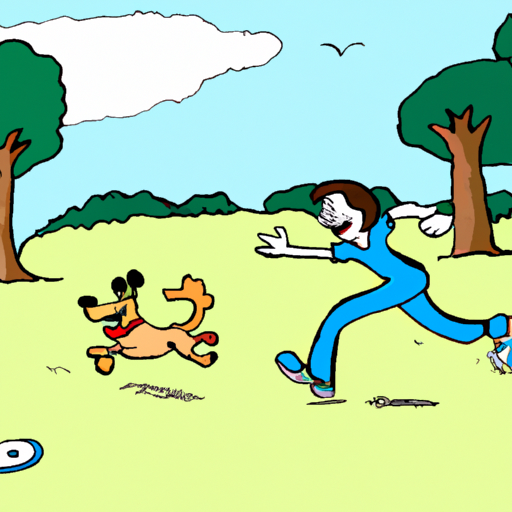Exercising your dog is an essential part of pet ownership. Not only does it help to maintain their physical health, but it also contributes to their mental wellbeing.
Why Exercising Your Dog is Important
Exercise plays a vital role in ensuring your dog’s health and happiness. It helps control weight, improve digestion, and reduce destructive behaviors. Regular exercise also reduces the likelihood of your dog developing conditions like arthritis and heart disease.
Benefits of Dog Exercise:
- Improved physical health
- Reduced behavioral issues
- Increased socialization
- Enhanced bond between you and your dog
Understanding Your Dog’s Exercise Needs
All dogs are different, and so are their exercise needs. Factors like age, breed, health, and personality can influence how much exercise your furry friend requires.
| Age | Exercise Needs |
|---|---|
| Puppy | 5 minutes of exercise per month of age up to twice a day |
| Adult Dog (Active Breed) | 30 minutes to 2 hours daily |
| Adult Dog (Less Active Breed) | 30 minutes to an hour daily |
| Senior Dog | Depends on their health and energy level, usually less than an adult dog |
Ways to Exercise Your Dog
There are numerous ways you can ensure your dog gets the necessary exercise. Here are some popular methods:
- Walking: The simplest form of exercise. You can adjust the intensity by changing the speed and duration.
- Running: For more active breeds, running can be a great way to expend energy.
- Playing Fetch: This game is a fun way to get your dog moving, particularly for breeds that enjoy chasing.
- Swimming: A great low-impact exercise, especially for older dogs or those with joint problems.
- Agility Training: This can be a fun and challenging way for your dog to exercise both their body and mind.
Safety Precautions When Exercising Your Dog
Exercising your dog is not without risks. Here are some precautions to keep in mind:
- Avoid exercising your dog in extreme weather conditions.
- Always provide plenty of water before, during, and after exercise.
- If your dog shows signs of discomfort or fatigue, stop the exercise immediately.
Including Mental Exercise
Physical exercise is crucial, but don’t forget about mental stimulation. Training sessions, puzzle toys, and interactive games can help keep your dog’s mind sharp.
Creating a Routine
Dogs thrive on routine. Try to schedule exercise sessions at the same time each day. This will help your dog know what to expect and make exercise a regular part of their day.
FAQ’s
Q: How much exercise does my puppy need?
Puppies typically need five minutes of exercise per month of age up to twice a day.
Q: Can I exercise my dog if it’s hot outside?
Exercising in extreme heat can be dangerous for dogs. Try to exercise in the early morning or late evening when temperatures are cooler.
Q: What if my dog doesn’t seem interested in exercise?
If your dog seems uninterested in exercise, it may be worth checking with a vet to rule out any health issues. You can also try different types of exercise to see what they enjoy most.
Q: Are there any risks to exercising my dog?
Yes, over-exercising can lead to injuries and health problems. Always monitor your dog during exercise and give them plenty of rest in between sessions.
Remember, the goal is to make exercise an enjoyable and regular part of your dog’s life. Your efforts will pay off in a happier, healthier, and better-behaved dog. Happy exercising!



